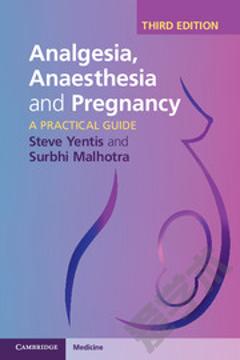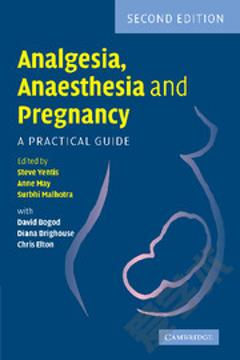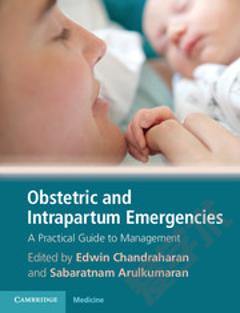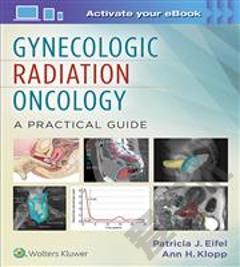Inositols: Guide to Practical Applications in Obstetrics and Gynecology
This book offers a valuable mine of clinical information for health professionals and researchers. It gives an overview of the critical role played by Inositols in the therapeutic approach to common obstetrics and gynecological disorders. Inositols are a family of simple carbohydrates naturally found in several foods and human cells. There are potentially nine stereoisomers of Inositols, among them being myo-inositol (MI) and, to a lesser extent, D-chiro-inositol (DCI). These are the most important isoforms for the physiological processes in humans. They exert different actions in the control of glucose homeostasis: MI regulates the activation of glucose transporters and glucose utilization, while DCI modulates the glycogen synthesis. Once incorporated into phosphoglycans, they act as second messengers involved in the signaling transduction cascade of insulin. The metabolism of Inositols is dysregulated in patients with Polycystic Ovary Syndrome (PCOS), highlighting the crucial link between insulin resistance and inositol deficiency in PCOS patients. Therefore, several pre-clinical and clinical studies have been carried out to evaluate their therapeutic usefulness in pathologies where there is an imbalance in MI and DCI levels (from PCOS and gestational diabetes mellitus to infertility). The clinical evidence has demonstrated that MI can be considered widely safe and well tolerated, giving prominence to this versatile molecule. In several trials, the beneficial effect of MI in improving the metabolic and endocrine profile of women with PCOS has been highlighted extensively. Further analyses have shown that the physiological MI:DCI ratio (40:1) is the optimal approach for improving oocyte follicular development and oocyte maturation as well as ovary stimulation and pregnancy outcomes in in vitro fertilization (IVF) procedures. Furthermore, the reader is introduced to a broader area encompassing the Inositols scenery from the history to Inositols nutritional importance, the therapeutic use in preeclampsia, gynecologic oncology, fetal programming as well as their resistance and substance interaction. All these interesting topics will be discussed and deepened in the present book, giving the opportunity to explore in detail every aspect of this effective molecule, bringing the instructions from this guide to everyday practice.
{{comment.content}}








 京公网安备 11010802027623号
京公网安备 11010802027623号